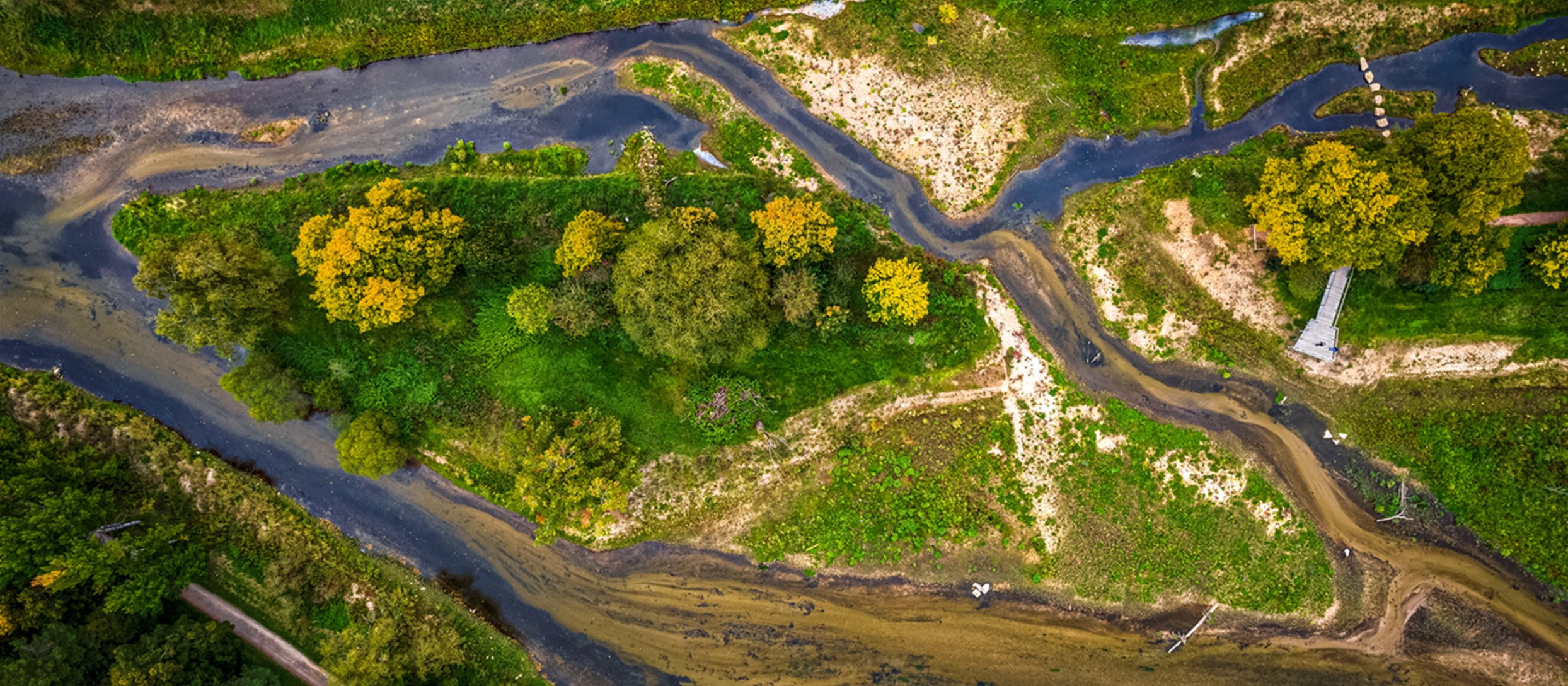Federal Environment Ministry plans implementing law for European regulation on nature restoration
In June of this year, the Federal Ministry for the Environment, Climate Protection, Nature Conservation and Nuclear Safety (BMUKN) published a draft bill for an "Act on the implementation of Regulation (EU) 2024/1991 of the European Parliament and of the Council of 24 June 2024 on nature restoration and amending Regulation (EU) 2022/869" (Implementation Act W-VO)(https://www.bundesumweltministerium.de/fileadmin/Daten_BMU/Download_PDF/Glaeserne_Gesetze/21._LP/durchfg_w-vo/Entwurf/referentenentwurf_durchfg_w_vo_bf.pdf).
The regulation on the restoration of nature
How it came about
The EU Regulation on Nature Restoration(Regulation (EU) 2024/1991 of the European Parliament and of the Council of 24 June 2024 on nature restoration and amending Regulation (EU) 2022/869 (Text with EEA relevance), abbreviated as W-VO; also known as the "Nature Restoration Law" or "Renaturation Law") is part of the European "Green Deal" and came into force on 18 August 2024. Its adoption was preceded by a lengthy procedure: The publication of the Commission proposal in June 2022 was followed by an intensive trialogue between the Commission, Council and Parliament. In November 2023, the institutions agreed on a compromise text, which the Parliament adopted in February 2024. The EU Environment Council voted in favour in June 2024.
The W Regulation is not only intended to slow down the loss of biodiversity, but also creates a legal framework for active measures to restore ecosystems. "Restoration" is defined in Art. 3 No. 3 WMO as "the process of actively or passively supporting the recovery of an ecosystem towards or towards achieving good status". The requirements concern, among other things, degraded terrestrial, coastal, freshwater and marine habitats (Art. 4, 5), urban areas (Art. 8), agricultural ecosystems (Art. 11) and forests (Art. 12).
Restoration obligations for habitat types
According to Art. 4 para. 1 WMO, Member States must restore habitat types on land and in coastal and freshwater areas listed in Annex I that are not in good condition:
- by 2030 on at least 30 % of the areas,
- 60 % by 2040,
-
90 % by 2050 (quantified in the national plan in accordance with Art. 15 WMO).
By 2030, Natura 2000 areas are to be prioritised.
Art. 4 para. 2 W-VO allows exceptions for very common and widespread habitat types that cover more than 3 % of the national territory. In these cases, lower targets apply (one third by 2030, two thirds by 2040, 80 % by 2050), provided that the favourable conservation status is not jeopardised.
According to Art. 4 para. 4 of the Birds Regulation, Member States are also obliged to re-establish habitat types on previously uninhabited areas in order to achieve a "favourable overall area" (30 % by 2030, 60 % by 2040, 100 % by 2050). Art. 4 para. 5 W-VO allows the final target to be lowered to 90 % in justified exceptional cases.
Art. 5 para. 1, para. 4 of the WMO sets identical time and area targets for the restoration and reconstruction of the marine biotopes listed in groups 1-6 of Annex II.
Restoration plans
The W Regulation obliges the Member States to draw up national restoration plans.
- Art. 14 of the WSR regulates the preparation: Member States must carry out preparatory monitoring and research, quantify and map areas and define indicators. The plans must be drawn up in an open, transparent and inclusive manner with public participation.
- Art. 15 W-VO defines the content: The plans cover the period up to 2050 and contain interim deadlines for the objectives of Art. 4-13 W-VO, the planned measures, information on exemptions, indicators, financing and socio-economic impacts.
- Art. 16 of the WSR obliges the Member States to submit the first draft to the Commission by 1 September 2026 at the latest.
- Art. 17 W Regulation provides for an assessment by the Commission: Within six months, it shall examine the draft and, if necessary, make comments; within a further six months, the final plan shall be finalised, published and submitted to the Commission.
- Art. 19 of the W Regulation obliges the Member States to review their plans every ten years at the latest and adapt them if necessary.
The German implementing law
Although EU regulations such as the W Regulation apply directly in accordance with Art. 288 TFEU and do not require national implementation, the BMUKN is planning additional, clarifying legislation with the W Regulation Implementation Act. These serve in particular to clarify the responsibilities between the federal government and the federal states and to establish a legally compliant procedure for drawing up, reviewing and updating the national recovery plan.
At the centre of this is a new Chapter 1a in the Federal Nature Conservation Act (BNatSchG) with Sections 7a-7d BNatSchG-E. Their contents are:
- § Section 7a BNatSchG-E establishes the joint responsibility of the federal and state governments in the implementation of the W-VO. Both levels should co-operate and each make their appropriate contribution to achieving the objectives of Art. 4-13 of the WMO.
- § Section 7b BNatSchG-E defines the procedure for drawing up the national recovery plan: The relevant authorities shall prepare the information and contributions and submit them to the Federal Agency for Nature Conservation (BfN). This supports the BMUKN in drawing up the plan. The draft plan is adopted by the Federal Government, then submitted to the EU Commission - and finalised following its comments and published in the Federal Gazette.
- § Section 7c regulates monitoring and reporting. The authorities provide data to the BfN by 28 February each year, which prepares reports and maintains a central register of areas with geodata.
- § Section 7d authorises the BMUKN to issue ordinances, including on indicators, reference values and data transmission.
The draft thus creates a binding basis for the timely preparation, updating and implementation of the national recovery plan in Germany. It is intended to ensure that the federal and state governments fulfil their responsibilities in a coordinated manner and that the EU requirements are implemented efficiently. If this succeeds, the new chapter in the Federal Nature Conservation Act could grow far beyond a mere administrative instrument - namely into an important lever for the revitalisation of damaged ecosystems, the strengthening of biodiversity and the sustainable development of urban and rural areas.

Subscribe to our GvW Newsletter here - and we will keep you informed about the latest legal developments!




